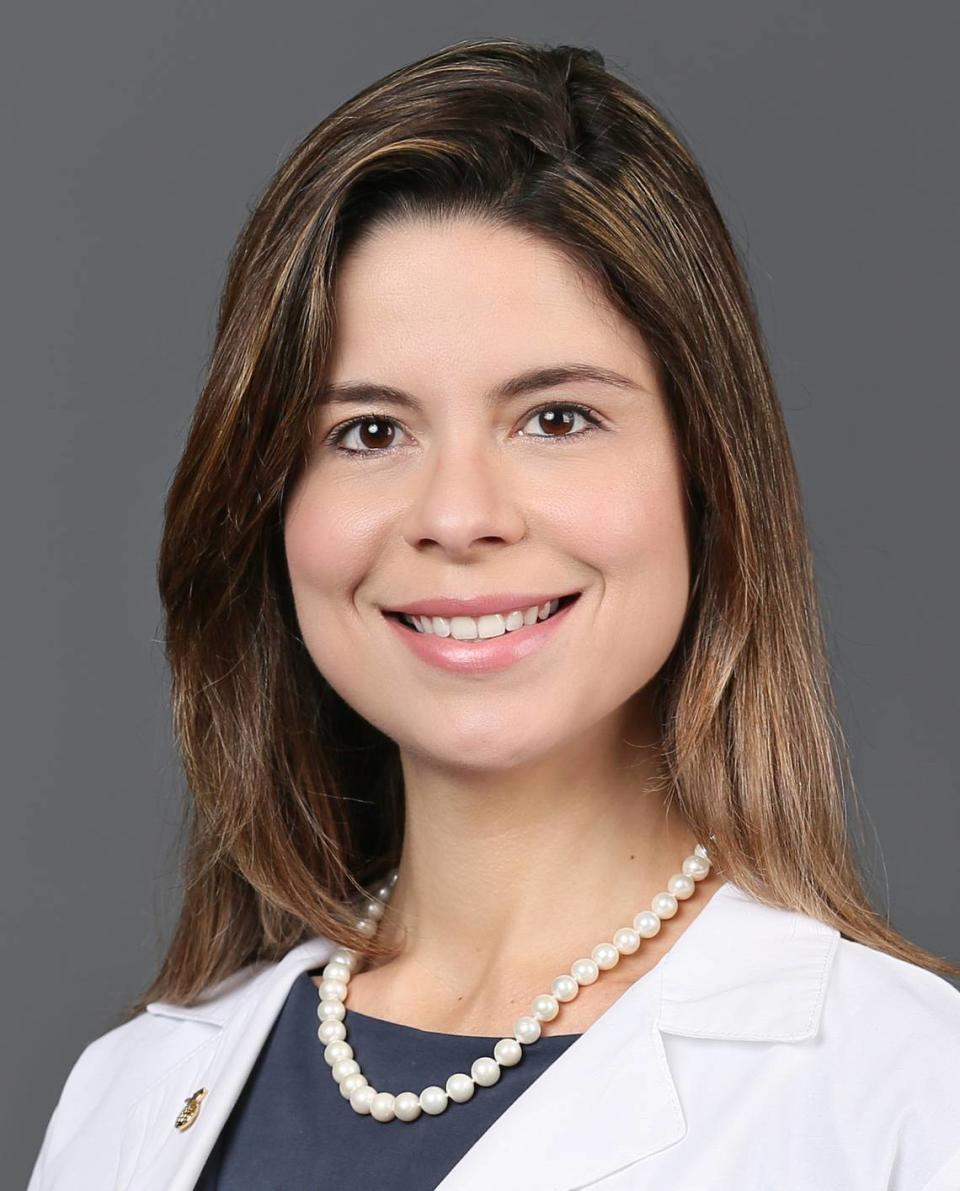Sun is all around us in Florida. Here’s how to cut your risk of getting skin cancer
Living in the Sunshine State means soaking up the rays.
But skin cancer is the most common cancer in the country, with more than 4 million adults treated every year, according to the Centers for Disease Control and Prevention.
Although some believe African Americans and others with darker skin shouldn’t be concerned about contracting skin cancer, that’s not the case. While melanoma, the most deadly form of skin cancer, is not nearly as common among Black men and women as among whites, Black adults often have skin cancer diagnosed at a later stage, leading to lower survival rates.
The estimated five-year melanoma survival rate for Black men and women is 71 percent, compared with 93 percent for whites, according to the Skin Cancer Foundation.
So, African Americans should take precautions to combat skin cancer.
Use sunscreen year-round
Protecting the skin from the sun all year round — not just in the summer months — can help reduce the risk of skin cancer.
Dr. Naiara Abreu Fraga Braghiroli, a dermatologist at Miami Cancer Institute of Baptist Health South Florida, noted that sunscreen can protect people of color against skin hyperpigmentation, a condition that makes some areas of the skin darker than others and is more prevalent in darker skin tones.
“I recommend a tinted mineral-based sunscreen containing zinc oxide and/or titanium dioxide with a Sun Protection Factor (SPF) of at least 30,” Braghiroli said. “Some mineral sunscreens even offer a tinted color to match various skin tones.”

Wear protective clothing
The CDC also suggests protecting the skin in several ways when the UV index is 3 or higher, including: staying in the shade; wearing clothing that covers your arms and legs; donning a wide-brimmed hat to shade the face, head, ears and neck; and wearing sunglasses that wrap around and block both UVA and UVB rays.
Braghiroli also notes that people should avoid peak hours of sun exposure between 10 a.m. to 2 p.m.
Examine your skin regularly
Take time to perform a self-examination of your skin monthly, Braghiroli recommends. About 75 percent of skin cancers diagnosed in people of color are in areas that are not exposed to the sun, such as the palms of the hands, nail beds, soles of the feet, inside the mouth and the genitalia area.
Due to the locations of these skin cancers, there is a higher mortality rate for people of color as diagnosis is often delayed, Braghiroli noted.
The most common type of melanoma among non-Hispanic Blacks is acral lentiginous melanoma (ALM) and has a lower survival rate, according to the American Cancer Society. ALM tends to occur on the palms of the hands, soles of the feet, or under the nails.
Braghiroli recommends patients look for any new lesion that appears on the skin, as only 20-30 percent of melanomas develop from a previous mole.
“Pay close attention to areas not exposed to the sun, looking for new black or brown areas, asymmetrical moles, open wounds that don’t heal, and old scars that develop open wounds,” Braghiroli said.
Get yearly skin screenings
Everyone should have a skin cancer screening, also known as a total body examination, performed by a dermatologist once a year, Braghiroli said. During your consultation, the doctor will collect personal and family history, social habits and perform a complete skin check.
“The earlier the skin cancer is diagnosed, the better the chance of a cure,” Braghiroli said.


